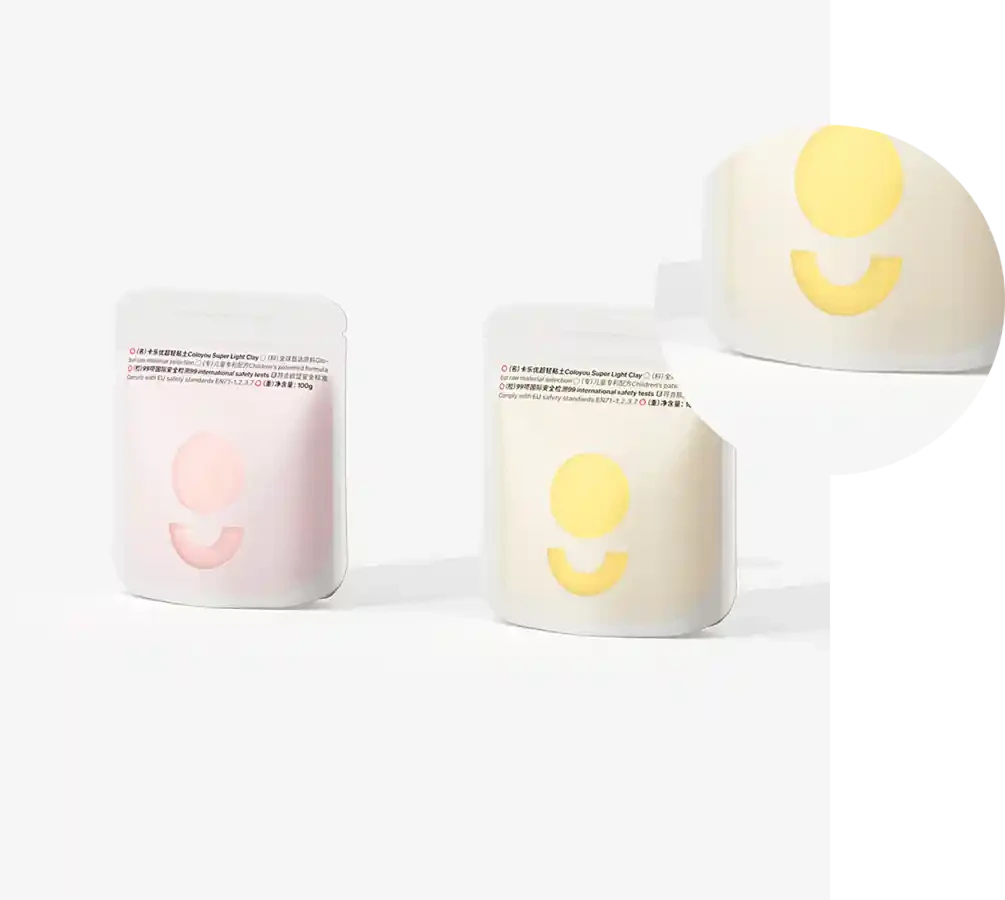Understanding the Process and Benefits of Freeze Drying Techniques and Applications
What is Freeze-Drying? Understanding the Process and Its Benefits
Freeze-drying, also known as lyophilization, is a preservation method that removes moisture from food while maintaining its original structure, flavor, and nutritional value. This innovative technique is increasingly popular in the food industry as well as in pharmaceuticals, microbiology, and various scientific fields. This article aims to explain the freeze-drying process, its applications, and the benefits it offers.
The Freeze-Drying Process
The freeze-drying process consists of three main stages freezing, primary drying, and secondary drying.
1. Freezing The first step involves rapidly freezing the product at extremely low temperatures, usually between -40°C and -80°C. This process solidifies the water content in the food or material, transforming it into ice. Rapid freezing is essential as it prevents large ice crystals from forming, which can damage the cellular structure of the product.
2. Primary Drying (Sublimation) Once the product is frozen, it undergoes primary drying. In this stage, the pressure is reduced, and heat is applied. The low pressure encourages the frozen water (ice) to convert directly from a solid state to vapor without passing through the liquid phase in a process known as sublimation. This step effectively removes about 95% of the moisture from the product.
3. Secondary Drying (Desorption) This final stage involves the removal of any remaining moisture. The temperature is slowly increased to eliminate residual water molecules bound to the product. This ensures the final product has a very low moisture content, typically below 5%. The goal of secondary drying is to achieve a stable and shelf-stable product.
Applications of Freeze-Drying
Freeze-drying has a wide range of applications across various industries
- Food Industry Freeze-dried foods are gaining popularity due to their convenience and long shelf life. Common freeze-dried products include fruits, vegetables, meals, and snacks, which can be easily rehydrated with water for consumption. This method preserves the food's nutritional content and flavors better than traditional drying methods.
what is freeze dried

- Pharmaceuticals Freeze-drying is crucial in the pharmaceutical industry for preserving medicines and vaccines. Many medications are sensitive to moisture and can degrade if not stored correctly. Freeze-drying helps maintain their potency and efficacy, extending their shelf life without the need for refrigeration.
- Microbiology and Biotechnology In laboratory settings, freeze-drying is used to preserve microbial cultures, enzymes, and other biological materials. This process ensures that these delicate substances remain viable for future research and applications.
Benefits of Freeze-Drying
The advantages of freeze-drying are numerous
- Nutritional Retention Freeze-drying preserves the nutritional value of food more effectively than other preservation methods. Vitamins, minerals, and antioxidants are less likely to degrade during the process, making it an ideal choice for health-conscious consumers.
- Long Shelf Life Freeze-dried products can last for years when stored in airtight containers. This extended shelf life makes them especially appealing for emergency preparedness, camping, and outdoor activities.
- Lightweight and Compact The removal of moisture significantly reduces the weight and volume of products, making them easy to transport and store. This is particularly beneficial for hikers, travelers, and military personnel.
- Flavor and Texture Preservation Freeze-drying maintains the original flavor and texture of the food. Upon rehydration, freeze-dried meals often taste as if they were freshly prepared.
Conclusion
In summary, freeze-drying is a remarkable preservation technique that offers numerous benefits across various sectors. By effectively removing moisture without compromising the integrity of the material, freeze-drying ensures that food remains nutritious, flavorful, and shelf-stable. As technology continues to advance, we can expect to see even more innovative applications and products resulting from this effective preservation method.













